Your printed direct mail piece, event invitation, annual impact report or newsletter deserve a conscious decision about the color, size and design of the envelope that carries it to your customer or donor. Why?
Envelope attractiveness and appeal are critical factors that often determine whether the envelope is opened and your piece is actually seen. Decisions you make about envelope size and design at the start of your project will also impact the total cost of your print package.
Let’s start with size. The size of the envelope needs to be factored into early phases of the creative work for anything that will be printed and mailed. If you do not use a standard-sized envelope, you’ll need to create a custom envelope, which will both increase cost and add to production time, possibly delaying your project. It may also significantly increase postage expenses.
The #10 envelope is the most common size used in the United States. It measures 4.125″ x 9.5″. The #10 envelope is designed to fit a standard tri-folded letter or brochure. It can also accommodate a 4″ x 9″ rack card or invitation.
While there are some color options available for #10 envelopes, they are relatively limited compared to the more traditional greeting card-sized invitations.
The standard, generic #10 envelope has a rounded V-shaped flap, while most premium and color #10 envelopes come with a straight flap style across the back.
The “A” sized envelopes are most commonly used for invitations and corresponding reply envelopes. Corresponding sizes are:
• A1 = 3.625″ x 5.125″
• A2 = 4.375″ x 5.75″
• A6 = 4.75″ x 6.5″
• A7 = 5.25″ x 7.25″
• A8 = 5.5″ x 8.125″
• A9 = 5.75″ x 8.75″
• A10 = 6″ x 9.5″
The two most common sizes for invitations are A7 & A9, while the most common reply envelopes are A1, A2 and A6. The A1 version is often used for wedding invitation reply cards because a limited amount of information from the respondent is needed, while A2 and A6 are more commonly used by organizations that need to collect a larger amount of information from respondents, such as details from a donor.
While dark-colored envelopes have the benefit of standing out in the mail, it is important to think about how to address them. In general, dark-colored envelopes will require the return address and organization’s logo to be foil-stamped or printed with metallic-colored or white ink. Variable addressing is primarily limited to white ink. Printing other colors on a colored envelope is very complex because it requires printing a white mask underneath the color and then precisely lining up the colored printing for a second pass to place the recipients’ address information. For this reason, we do not encourage colored printing on colored envelopes.
As we work with our clients, we typically do not recommend bleeds on envelope art because it prevents the use of pre-made envelopes. For most projects, we purchase the blank envelopes and print on them. For an envelope that includes art that bleeds, we must print on a flat sheet, and then convert the flat sheet into an envelope, essentially creating an envelope out of flat paper. This process adds time and additional expense.
The default “A” sized envelope has a straight flap, but many of the premium envelopes are available with a EuroFlap style which has a large point flap, as opposed to a Baronian envelope which has a small, pointed flap that more closely resembles the flap of a standard #10 envelope. Here, you make personal choices based on your own preference.
All of the “A” sized envelopes are able to mail with regular U.S. postage as long as they weigh 1 ounce or less. Square envelopes typically require extra postage.
If you are ready to plan an upcoming print package, reach out to us today to discuss envelop options to that will have the greatest impact at the best prices.
Like what you’re reading? Have you signed up for our marketing tips enews yet?
